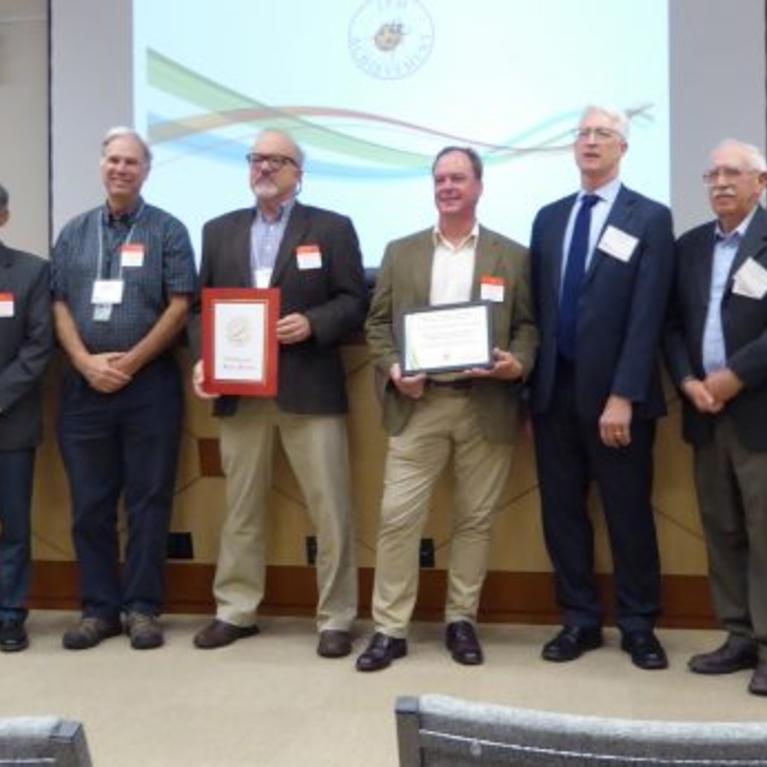
Asian Citrus Psyllid Biocontrol Taskforce Awarded the 2017 California Department of Pesticide Regulation IPM Achievement Award
Mark Hoddle, Director, Center for Invasive Species Research, University of California Riverside 2017 IPM Achievement Awards for advancing reduced-risk pest management practices through innovation, leadership, and education and outreach. On 13 February 2018 at the California Environmental Protection Agency Headquarters in Sacramento, the Asian Citrus Psyllid Biocontrol Taskforce was awarded the Integrated Pest Management (IPM)...

First Official Release of Diaphorencyrtus aligarhensis in California for the Biological Control of Asian Citrus Psyllid
The Problem Asian citrus psyllid (ACP) is a serious threat to California’s citrus because it spreads a bacterium that causes a lethal disease of citrus, huanglongbing, which was first detected in Hacienda Heights, Los Angeles County in March 2012. One way to reduce the rate of spread of HLB is to reduce the populations of...
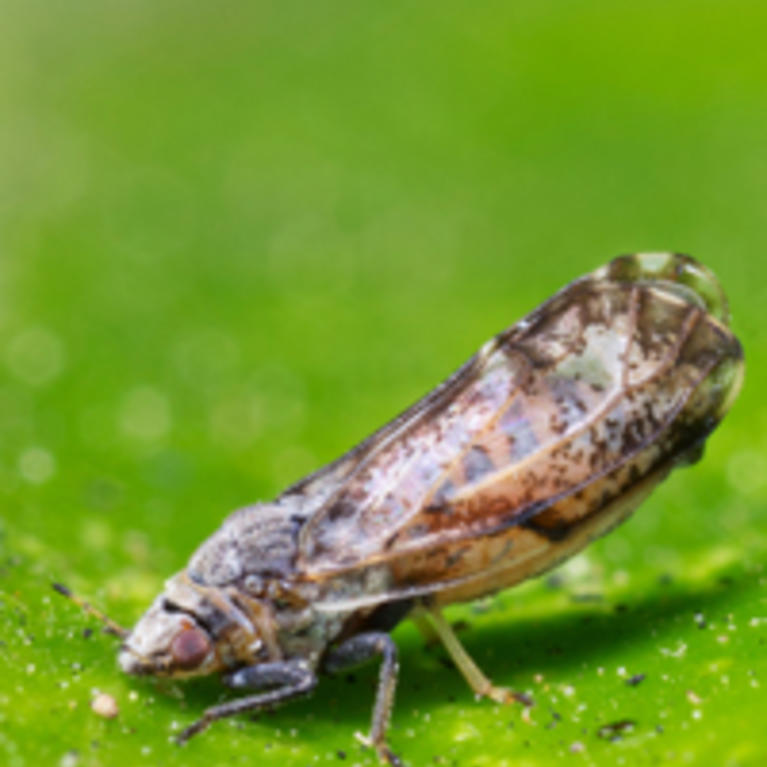
Huanglongbing Detected in Hacienda Heights, Los Angeles County
The Situation: On Thursday April 5 2012, after about a week of testing, the California Department of Food and Agriculture (CDFA) removed a pumelo tree with a lemon graft from Hacienda Heights in Los Angeles County after the tree and an Asian citrus psyllidfound on the tree both tested positive for a lethal citrus disease...
By Mark Hoddle |
Tamarixia radiata release video
Christina Hoddle explains the release of Tamarixia radiata at UC Riverside. Video recorded on December 20, 2011 at University California Riverside. For more information about Tamarixia radiata and Asian Citrus Psyllid, visit the CISR website: http://cisr.ucr.edu/asian_citrus_psyllid.html
By CISR Team |
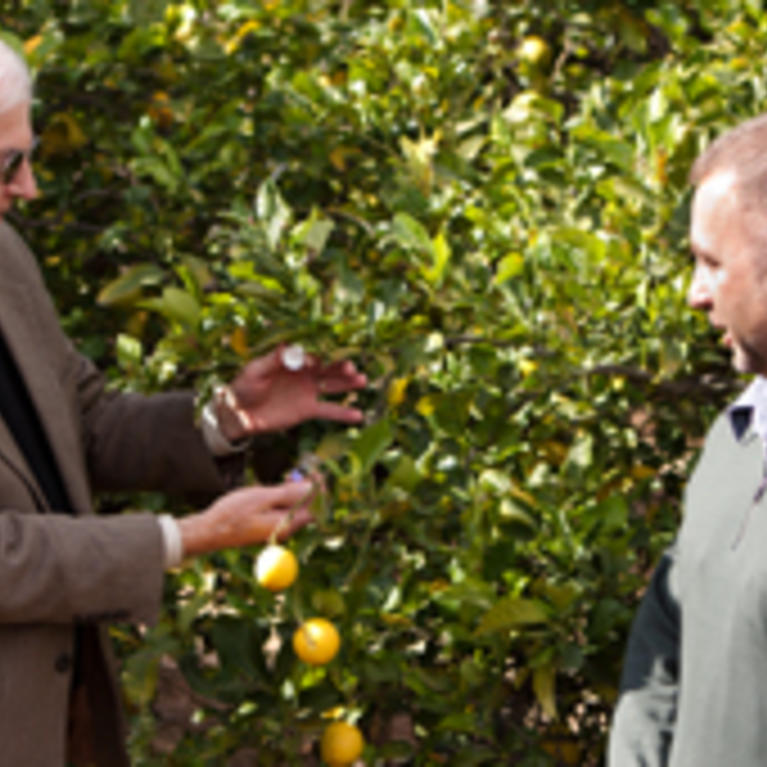
First Release of Tamarixia radiata in California for the Biological Control of Asian Citrus Psyllid
At 11:00 am on the 20 December 2011, approximately 30-40 people assembled at the UC Riverside Biological Control Grove to participate in the first release in California of the Asian citrus psyllid natural enemy, Tamarixia radiata. Representatives from the University of California, California Department of Food and Agriculture, Citrus Research Board, and Citrus Pest and...
By Mark Hoddle |
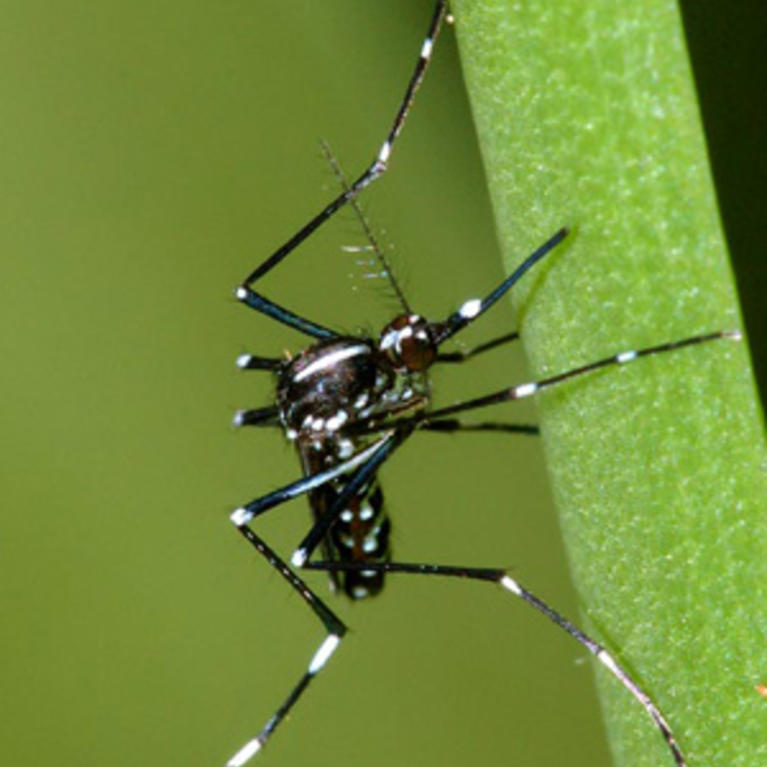
Looking for the Asian Tiger Mosquito in Southern California
In September 2011, Asian Tiger Mosquito ( Aedes albopictus) was found in Southern California. Small pockets of communities were reporting extremely aggressive, daytime biting mosquitoes – a telltale sign of the Asian Tiger Mosquito. The Asian Tiger Mosquito was first found in isolated pockets of California in the early 1970’s. It was eradicated, but showed...
By CISR Team |
Invasive species rise after 9-11
Recently CISR Director, Mark Hoddle, was interviewed on the Voice of Russia Radio about new research on invasive species after 9-11. The Associated Press reported hundreds of agricultural scientist who normally conducted inspections for invasive species were redirected to Homeland Security, causing a huge spike of invasive species coming into the US. AP reports its...
By CISR Team |
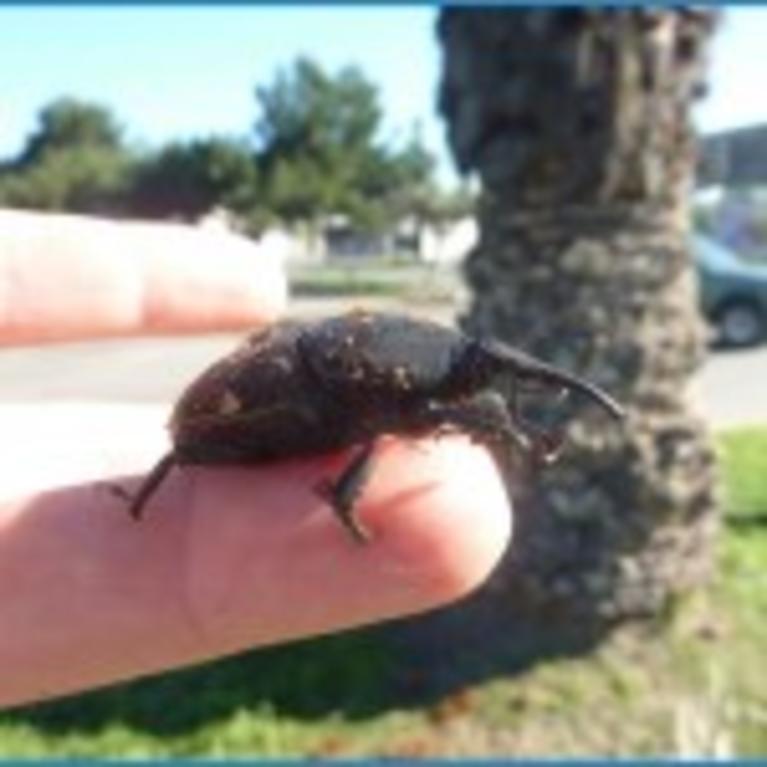
Palmageddon: Are California’s Palms about to Face the Perfect Storm?
Two species of giant palm weevils, Rhynchophorus ferrugineus (commonly known as the red palm weevil) and Rhynchophorus palmarum (South American palm weevil) have both been detected in Southern California. The red palm weevil (RPW) was officially discovered in Laguna Beach in Orange County (California USA) in September 2010. The beetle has been declared by FAO...
By Mark Hoddle |
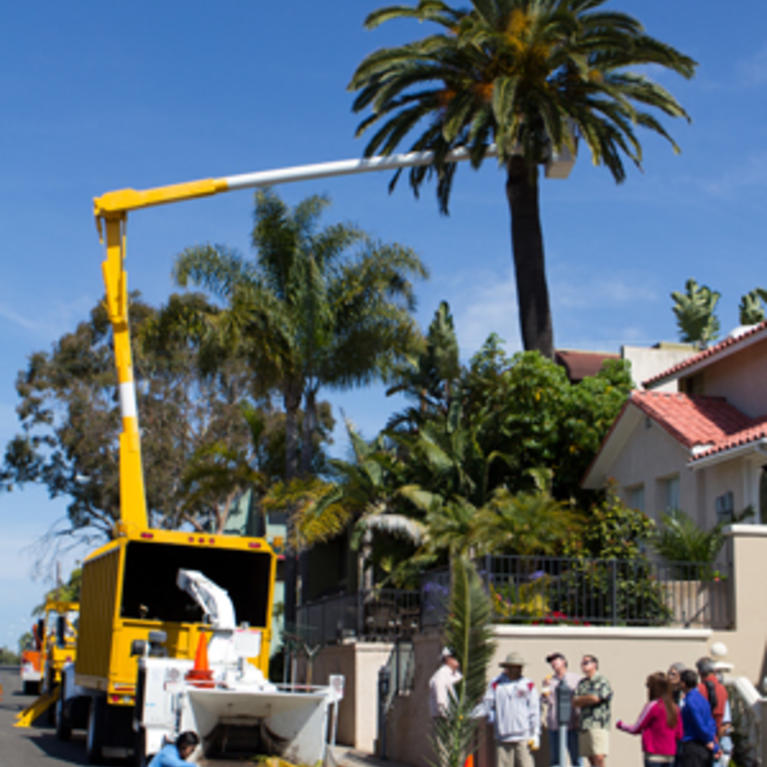
Red Palm Weevil in Laguna Beach Dealt a Second Blow
On June 2 2011, a second Canary Islands palm was inspected for red palm weevil in Laguna Beach, approximately one week (May 25 2011) after the first palm suspected to be infested with red palm weevil was inspected and confirmed to have red palm weevil activity, and subsequently treated with insecticides. The process for selecting...
By Mark Hoddle |
CBS News Interested in the RPW Invasion in California
The Red Palm weevil (RPW) problem in southern California has picked up local news interest. Bill Whitaker and his news team from CBS evening news came to UCR on the 16th of February 2011 to interview Dr. Mark Hoddle about research that is being conducted at UCR on this pest. This interview was part of...
By Christina Hoddle |
Let us help you with your search